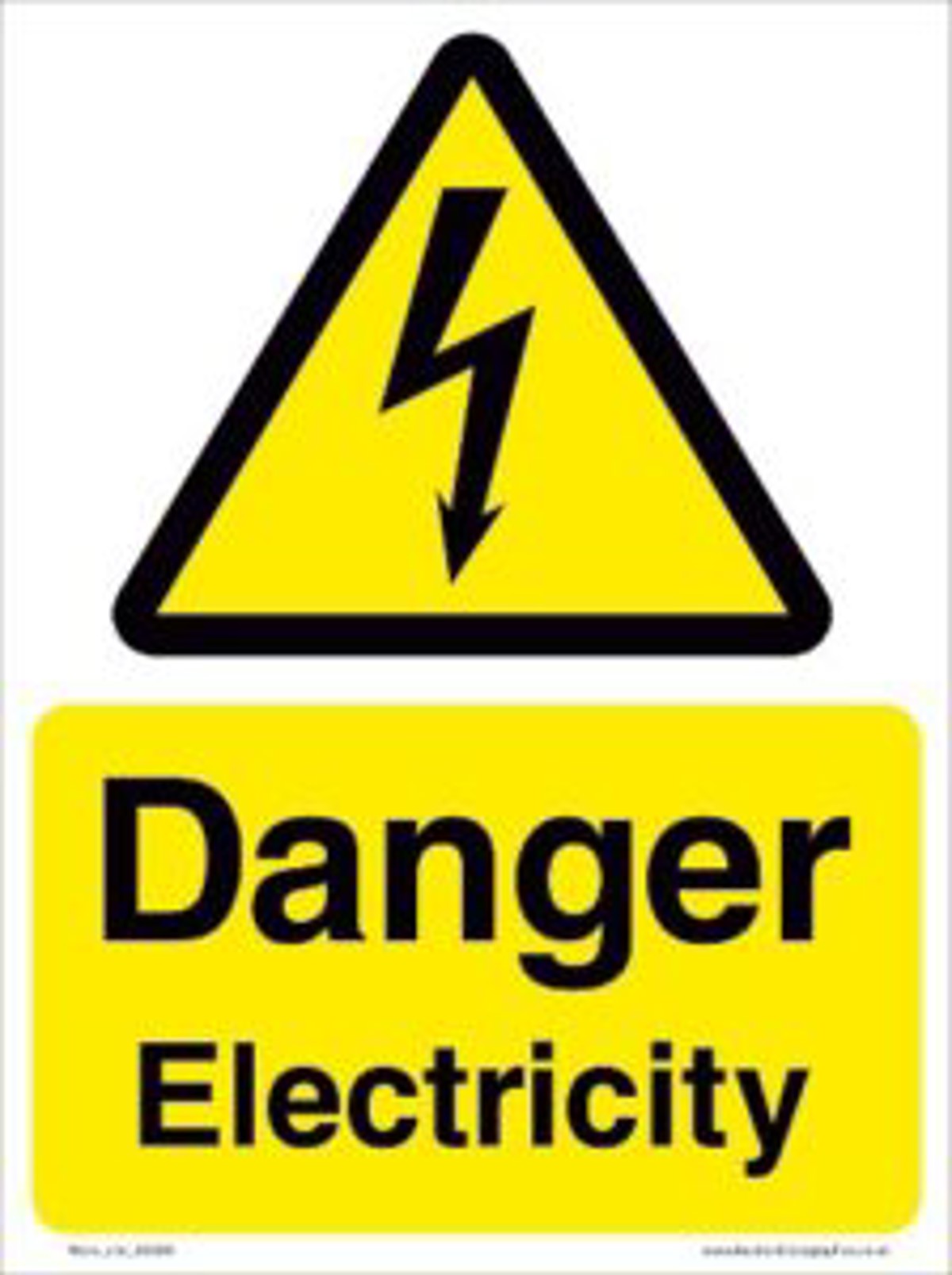Crewman received 415v electric shock
- Safety Flash
- Published on 20 July 2018
- Generated on 26 April 2025
- IMCA SF 15/18
- 3 minute read
Jump to:
A crewman received a serious electric shock when his hand brushed two loose wires hanging from the bottom cable entry pop-out of a distribution board.

What happened?
The incident occurred while he was assessing cable routing from the distribution board during a mobilisation. He was preparing to run a power supply from the dive system machinery van (MAV) to an ROV LARS. The MAV had 415v three-phase power supplied and was switched on. The crewman ran the LARS cable to the distribution board (DB) located at the back wall of the MAV. He looked at the bottom cable entry pop-out on the DB for a suitable entry point prior to any installation of the wire. This was before the DB was isolated and opened; he was only assessing the cable routing. He noticed what appeared to be two disconnected wires hanging down from the bottom pop-out and proceeded to push them out of the way with his left hand to provide a better view of the bottom pop-out. Upon contact with the two wires, he received an electric shock to his hand. He was able to make the DB safe by opening the main breaker. He then went to the diving office and reported the injury. First aid was given, and he returned to work some 90 minutes after the shock.
What went wrong?
The two wires hanging down were determined to be wires that were normally attached to a stepdown transformer connected to a volt meter. The transformer had been removed sometime prior to mobilization. It was unclear why the transformer was removed. Though some maintenance records were available, there was no documentation of this particular maintenance in the system.
The person involved was not wearing gloves at the time of the incident, as he was working with small wires in confined spaces and had removed them to improve manual dexterity. He was known to be competent and qualified for this type of work.
What were the causes?
- The immediate cause was that the crewman was not wearing personal protective equipment (PPE) and was able to make contact with live wiring which had been left exposed. No records had been made of the unfinished or sub-standard work which left the wires exposed;
- The root causes were human procedural errors:
- the exposed live wires were not proven dead before touching;
- the crewman was not properly informed about these wires possibly being live and assumed they were dead.
What actions were taken? What lessons were learned?
- Keeping and maintaining a maintenance log.
- Better communication and hand-over.
Related Safety Flashes
-
IMCA SF 05/13
4 April 2013
-
IMCA SF 06/12
25 June 2012
-
IMCA SF 02/10
8 April 2010
IMCA Safety Flashes summarise key safety matters and incidents, allowing lessons to be more easily learnt for the benefit of the entire offshore industry.
The effectiveness of the IMCA Safety Flash system depends on the industry sharing information and so avoiding repeat incidents. Incidents are classified according to IOGP's Life Saving Rules.
All information is anonymised or sanitised, as appropriate, and warnings for graphic content included where possible.
IMCA makes every effort to ensure both the accuracy and reliability of the information shared, but is not be liable for any guidance and/or recommendation and/or statement herein contained.
The information contained in this document does not fulfil or replace any individual's or Member's legal, regulatory or other duties or obligations in respect of their operations. Individuals and Members remain solely responsible for the safe, lawful and proper conduct of their operations.
Share your safety incidents with IMCA online. Sign-up to receive Safety Flashes straight to your email.